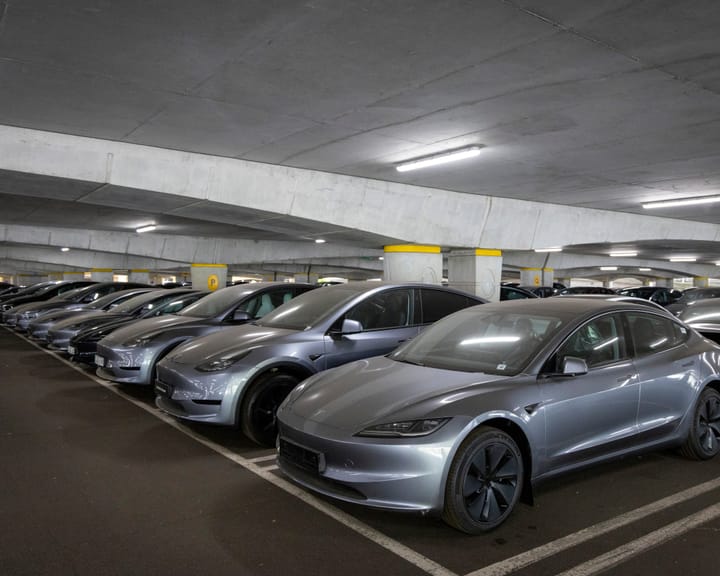Business optimism declined sharply this month across the UK’s services sector as rising expenses and weak demand reduced profits and worsened expectations for the rest of the year.
A recent industry survey found that most firms were pessimistic about their future performance, dismissing the usual post-summer increase in activity.
With falling sales and higher costs squeezing profits, many businesses reduced hiring and scaled back investments, according to the report.
Consumer-facing firms reported a negative outlook for the eighth month in a row, while business-to-business service providers saw a decline in activity for the fourth consecutive month.
Sentiment regarding overall business conditions worsened, though the alarm caused by earlier trade tensions had eased somewhat. The proportion of firms optimistic about the next quarter improved slightly, from -43% in May to -29% in August.
An economist from the industry group described the findings as painting a "grim picture" of the sector, noting that limited areas of stability were not enough to counter a longer-term downturn.
Services represent around three-quarters of UK economic activity, making the sector a key indicator of broader economic health.
The economist added: “Higher labor costs are intensifying financial pressures, while weak demand is restricting firms' ability to raise prices. This has led to reduced hiring, lower investment, and shrinking profits, with many companies prioritizing short-term challenges.”
The latest survey follows similar concerns raised in a separate industry report, which recorded the steepest drop in new orders in nearly three years during July.
Another recent analysis, adjusting official jobless figures, found that unemployment rose from 4.7% in June to 5% in August as businesses postponed hiring.
The findings highlight challenges for policymakers ahead of upcoming fiscal decisions, where efforts to boost economic growth and employment will be a priority.
The conflicting signals—rising unemployment versus persistent inflation—could complicate decisions for monetary officials weighing potential interest rate changes.
Separate data showed manufacturers facing similar profit pressures, with factory gate prices rising at the fastest pace in two years in June.
Prices increased by 1.9% annually, up from 0.7% in April, with the sharpest rises seen in food production, textiles, clothing, and leather goods.
Read next

"Tesla's July European sales drop 40% as BYD gains ground"
Tesla Sales Drop Sharply in Europe
Tesla’s performance in Europe has worsened, with new data showing a significant decline in sales amid growing competition in the electric vehicle market.
According to the European Automobile Manufacturers Association (ACEA), Tesla’s deliveries fell by 40% in July compared to the previous

"Ryanair boosts staff bonus to €2.50 for catching oversized cabin luggage"
Ryanair Increases Staff Bonuses for Enforcing Cabin Baggage Rules
Ryanair will raise the bonus payments given to airport staff for identifying carry-on luggage that exceeds size limits, according to the airline’s chief executive. Employees will now receive €2.50 for every non-compliant bag removed from passengers, up from the

Four-day work week trial in Scotland boosts productivity and worker wellbeing
Trial of Four-Day Workweek Shows Positive Results in Scotland
Higher productivity and better employee well-being were observed in a year-long test of a four-day workweek conducted by the Scottish government.
Two public organizations, South of Scotland Enterprise (SOSE) and Accountant in Bankruptcy (AiB), participated in the trial, which began in

